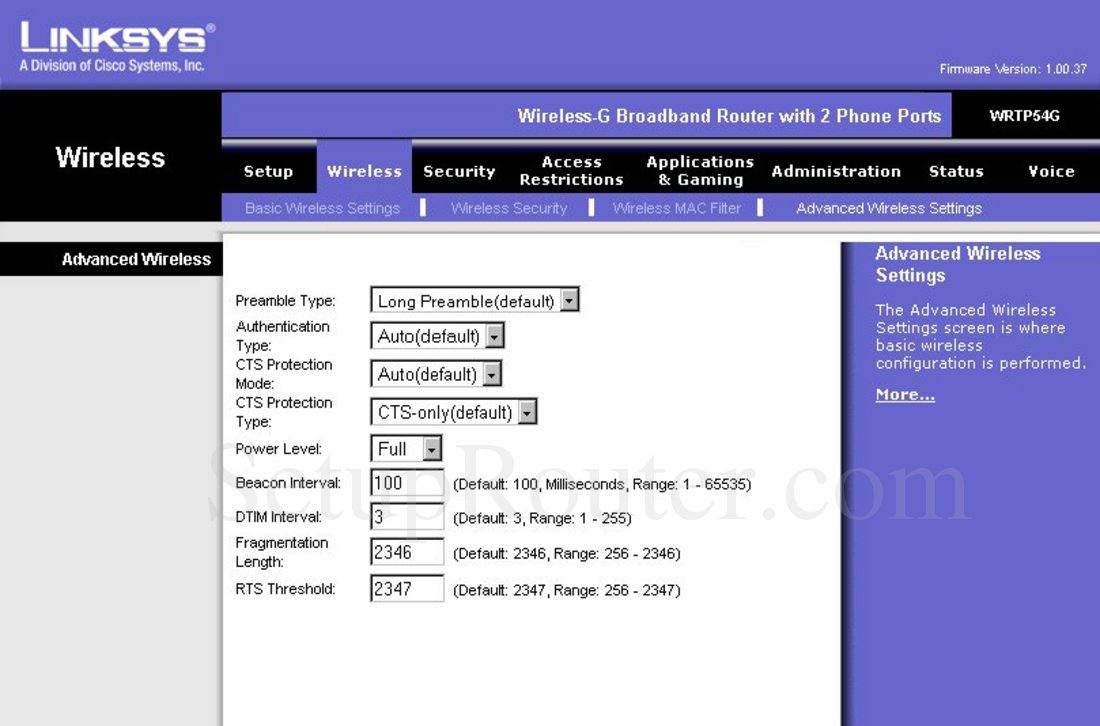

This scheme was shown to be easily broken and is now rarely usedĮxcept to discourage transient users from joining networks. This protocol uses a fixed pre-shared key and the RC4 cryptographicĬipher to encode data transmitted on a network. The original 802.11 specifications defined a simple security Separate from the underlying transmission techniques 802.11 networks have a variety of Of 802.11a signalling and transmission mechanisms in the 2.4GHz band in such a way as toīe backwards compatible with 802.11b networks. Still later the 802.11g standard was defined to enable use Standard defined operation in the 5GHz band, including different signalling mechanismsĪnd higher transmission rates. Transmission rates (communication can be done at various rates). Include the operating frequencies, MAC layer characteristics including framing and This form of network is termed an IBSS and is commonly known as an ad-hoc network.Ĩ02.11 networks were first deployed in the 2.4GHz band using protocols defined by the In the second form of network there is no master and stations communicateĭirectly. One station wants to communicate with another wireless station messages must go through In a BSS all communication passes through the AP even when Other stations associating to it the network is known as a BSS and the master station is With radios that broadcast in either the 2.4GHz or 5GHz band (though this variesĪccording to the locale and is also changing to enable communication in the 2.3GHz andĨ02.11 networks are organized in two ways: in infrastructure mode one station acts as a master with all the A basic wireless network consists of multiple stations communicating Most wireless networks are based on the IEEE®Ĩ02.11 standards.


 0 kommentar(er)
0 kommentar(er)
